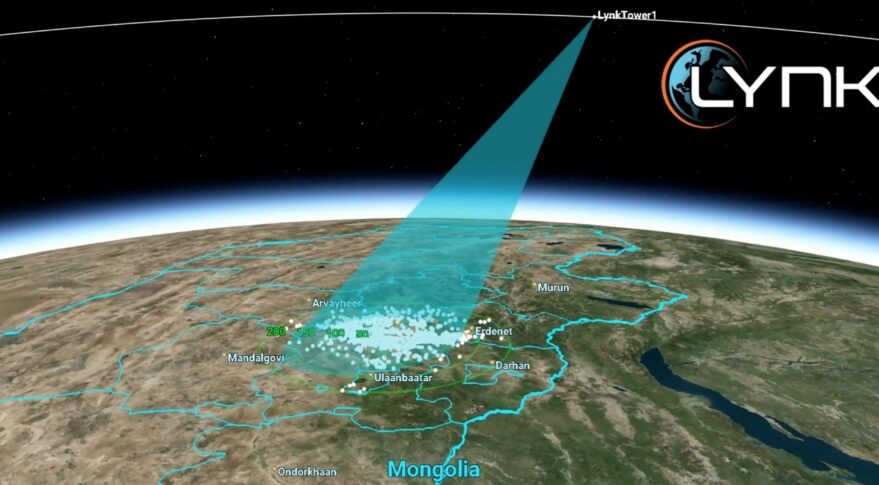TAMPA, Fla. — Lynk Global secured regulatory approval Sept. 16 to operate its initial cellphone-compatible constellation globally, although the startup needs to deploy more satellites and get landing rights before it can start services.
The Federal Communications Commission approved Lynk’s plan for an initial 10 pizza-boxed shaped satellites, designed to deliver basic connectivity services directly to standard mobile phones from low Earth orbit (LEO).
The approval for Lynk Tower satellites 1 through 10 came with conditions that limit the startup’s use of radio frequencies to avoid interfering with other operators.
Lynk also cannot gain “the exclusive right” to handle telecoms using satellite connectivity in bands allocated to terrestrial mobile services, the FCC said, to prevent the creation of a monopoly or duopoly in this emerging market.
SpaceX launched Lynk Tower 1 in April and is slated to deploy three more satellites for the startup in December.
Four in-orbit Lynk Towers would be enough to enable mobile users to send and receive text messages about four to eight times a day, depending on their latitude.
Initial services would also include emergency alerts and connectivity for internet of things devices.
However, Lynk has not yet secured landing rights in any country where it plans to provide services.
The Virginia-based startup currently has licenses that enable it to test its planned services in 18 countries, including the United States, Lynk CEO Charles Miller told SpaceNews.
“There is deep desire in these countries for commercial service,” Miller said.
“We foresee approval in the near term in all of these countries, and many more.”
He said the next step for Lynk is to sign a commercial contract with a U.S. mobile operator (MNO) in the United States, which would then jointly seek permission from the FCC to operate in the country.
“We have signed an MOU with a major US MNO, have been testing with two major MNOs in the U.S., and are in discussions with three major US MNOs,” he said via email.
According to Miller, it “is possible” Lynk could secure a U.S. MNO partnership and gain a market access license in the country before it deploys the remaining six satellites in its initial constellation next year.
He added: “The more important question right now is “who will Lynk partner with in the U.S.” There are four MNOs with nationwide spectrum, but Lynk is the only company who has both the proven sat-to-standard-phone technology and a commercial operator’s license.”
Lynk builds its satellites in-house and plans to deploy more than 50 of them before the end of 2023 to increase satellite revisit times to every 15-30 minutes.
Of the contracts Lynk has signed with MNOs, the startup has announced deals in the Bahamas, Papua New Guinea, Central African Republic, Solomon Islands, and Mongolia.
The company’s early direct-to-cell rivals are also plotting initial services in the United States.
Apple’s Globalstar-enabled satellite services will be limited to emergency SOS on certain iPhone 14 models when it launches via a software update this November.
T-Mobile’s Starlink-enabled service hopes to provide services initially limited to messages and pictures “as soon as late next year,” subject to regulatory approvals and SpaceX’s progress with Starlink’s Gen 2 upgrade.
Meanwhile, Texas-based startup AST SpaceMobile plans to hit the ground running with 4G and 5G capabilities after its first commercial satellites launch in late 2023.
SpaceX launched AST SpaceMobile’s BlueWalker 3 prototype Sept. 10, which is currently preparing to unfurl the largest commercial antenna ever deployed in LEO to test its planned services.

